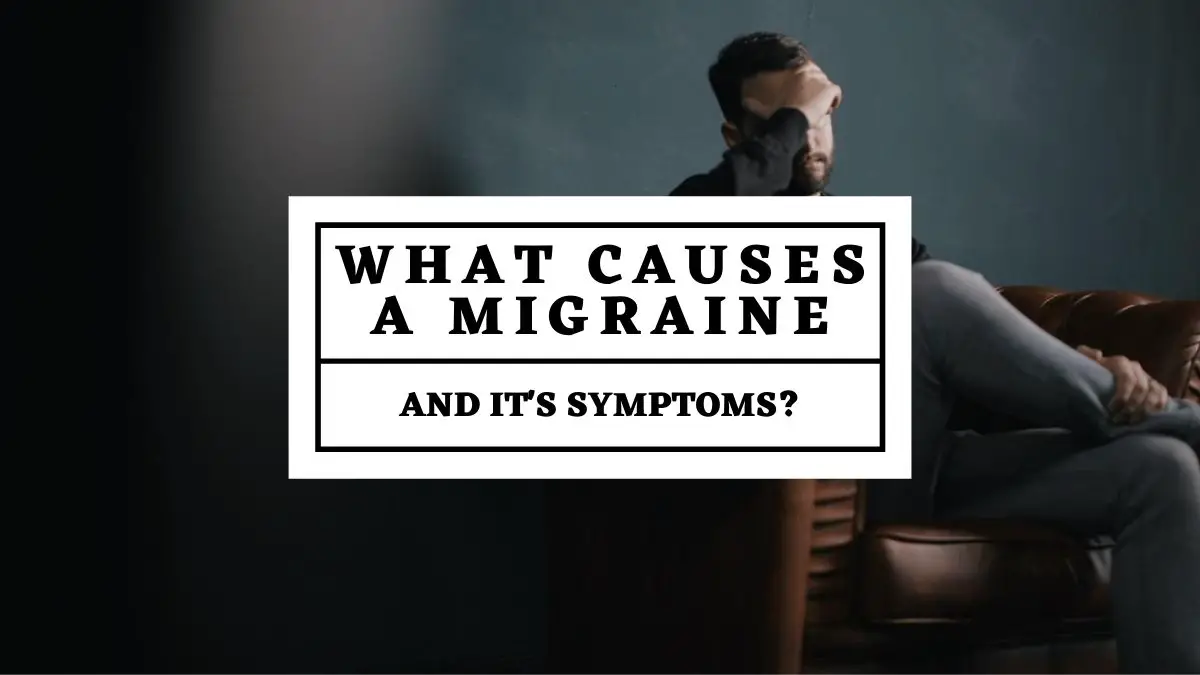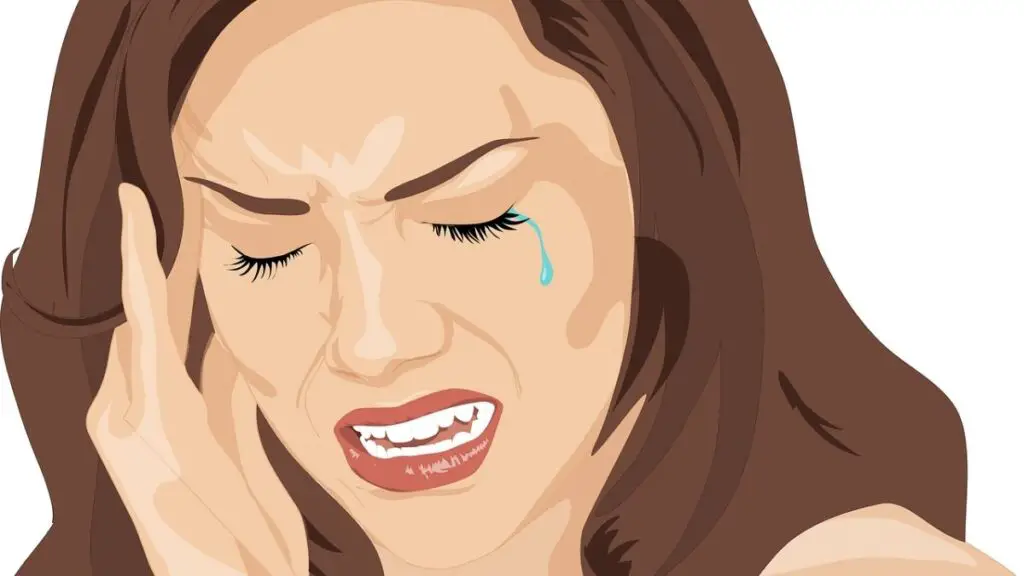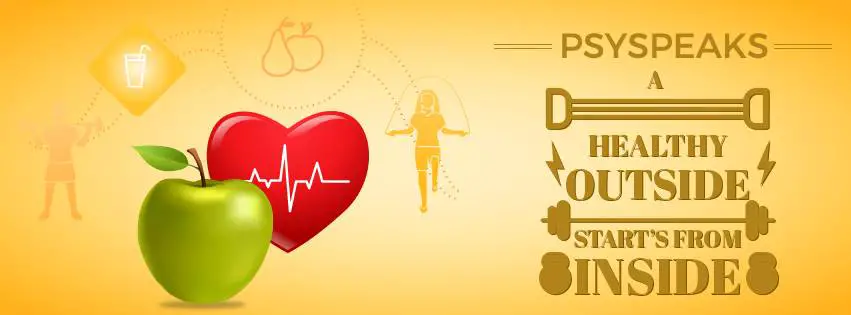
A migraine attack can cause unbearable pain with pulsing sensation on just one side of the head either right or left. The frequency of migraine occurrence varies from person to person. Migraines may be rare, or for few days or might trigger several times of a month. It can lead to nausea, vomiting, and sensitivity to light and sound. Migraine pain can be for hours to days.
Breathing exercise and Medications can help prevent migraines.
Symptoms
Migraines go through four stages: prodrome, aura, headache, and post-drome.
1) First stage- Pro-drome
One day before a migraine, you may experience following symptoms of an approaching migraine-
• Food cravings
• Increased thirst and urination
• Constipation
• Mood swings
• Neck stiffness
• More sleepy
2) Second stage- Aura
An aura usually occurs before or during migraines. It lasts for 20 to 60 minutes. Sometimes, people experience migraines without aura.
• Visual disturbances, such as flashes of light, bright spots, or zigzag sight.
• Touching sensations
• Weakness on one side of the body or face numbness
• Voice disturbances or Hearing noises
• Vision loss
• Difficulty in speaking
3) Third stage- Migraine Attack
A migraine generally lasts from four to 72 hours (if not taken proper care). During a migraine, you may experience:
• Pain on one side or both sides of your head
• Throbbing pain
• Sensitivity to light, sounds, smells, and touch (extreme cold or hot)
• Nausea and vomiting
• Blurred vision
• Fainting and weakness
4) Fourth stage- Post-drome
It is the final stage that occurs after a migraine attack. You may experience:
• Mood swings
• Weakness
• Dizziness
• Sensitivity to light and sound

What causes a migraine?
There are many factors that may trigger migraines, which are –
Foods. Skipping meals or fasting for a longer time might also cause a migraine.
Foods that are on the top of the list of migraine triggers are-
a) Chocolates, nuts, all cheese products, soy foods, vinegar, and citrus fruits.
b) Light yogurts, sugar-free candies, etc contains the artificial sweetener.
c) Avoid foods that contain
- Yeast extract
- Mono Sodium Glutamate (MSG)
- Sodium Caseinate
- Hydrolyzed Vegetable Protein (HVP)
- Hydrolyzed Plant Protein (HPP),
- Kombu extract generally found in Japanese foods
d) Sulfites found in figs, prunes, apricots, and wine (white and red)
e) Coffee, soft drinks, black tea, green tea, or other caffeinated beverages.
f) Alcohols
Sensitivity to light and sound- If you are under bright sunlight for a long time, it can cause migraine pain. Even loud sounds or strong smell (perfume, smoke, thinner, etc.) can trigger migraines.
Hormonal changes in women- Changes in estrogen level trigger a migraine in many women. Years after observation, it has been concluded that Women experience headaches just before or during their periods when there is a decrease in estrogen level.
Hormonal medications, like hormone replacement therapy or contraceptives, might even worsen migraine pain.
Stress- Stress at work or home can trigger migraines.
Physical factors- Large physical exertion may trigger migraines.
Changes in sleeping time – Skipping sleep or getting too much sleep may cause a migraine.
Environmental Changes – Weather changes can prompt a migraine.
Other migraine causing factors
Gender-Women are three times more likely to have migraines than men.
Age- Migraines are at peak during your 30s and can begin at any age.
Family history- If any of your family members suffer from migraine problem, then it is a high probability that you will get it too.




